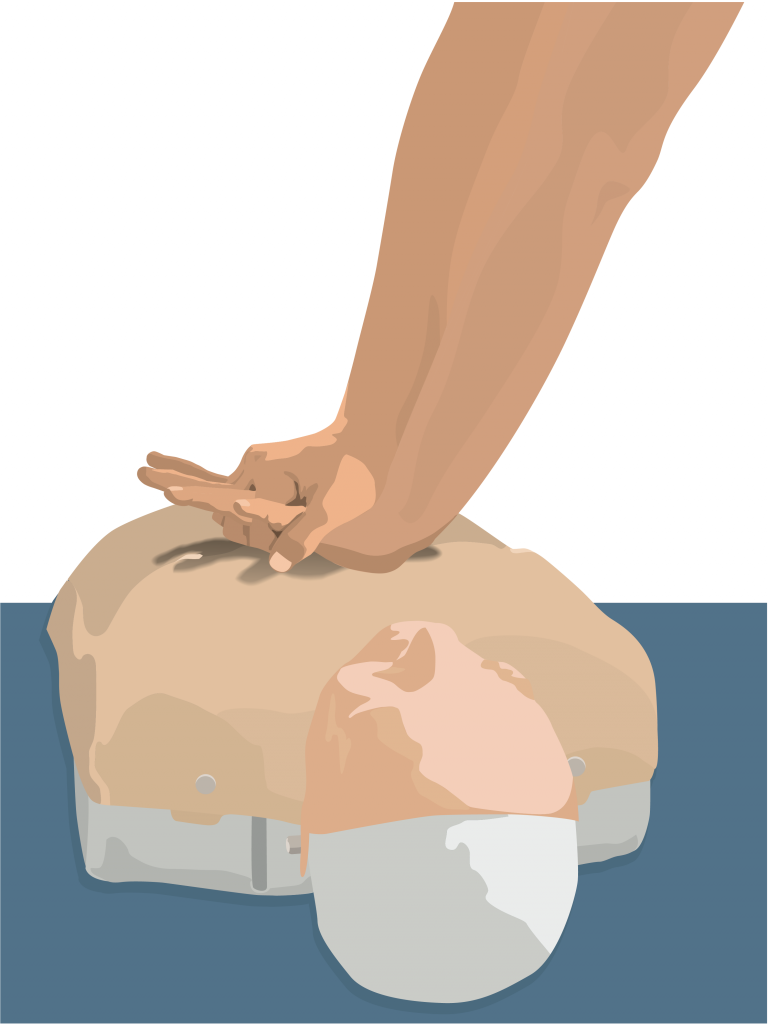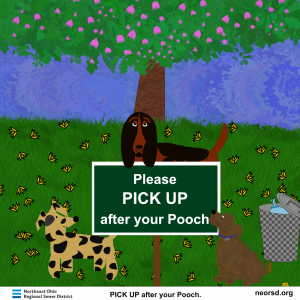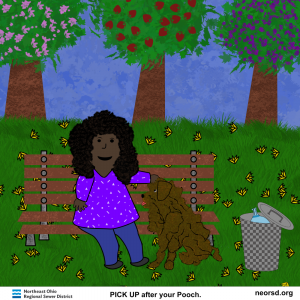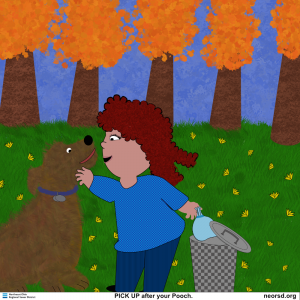Accidents can happen at any time and in any place. They can cause serious injuries, which can be life-threatening if not treated promptly. First aid and cardiopulmonary resuscitation (CPR) are essential skills to help save lives in emergencies.
Learning how to deal with emergencies is essential. First aid CPR can be crucial for saving a person’s life. Orderable this skill can also help you make it through other challenges that may arise.
Keep reading to learn when to give first aid, how to perform CPR, and how to save a life.

Choking
It is essential to begin by staying calm and asking the victim if they are choking. If the answer is yes, check the airway, and if the object is still visible, try to dislodge it manually. If the thing cannot be seen or removed, follow the steps for back blows and abdominal thrusts.
Check the airway every two abdominal thrusts and every back blow. If you cannot remove the obstruction or the victim is unconscious, begin CPR. Depending on the age, follow the appropriate protocol for adult, child, or infant.
Drowning
Start by removing the victim from the water as soon as possible. Once the person is out of the water, place them in a recovery position with their head tilted back so their airway is open. Perform chest compressions and rescue breaths until the person regains consciousness.
If the victim is not breathing, administer rescue breaths until the person begins to breathe normally. If the person is still unconscious and not breathing, continue administering first aid and CPR until an ambulance or medical personnel can take over.
Heart Attack
The first step is to make sure the person is lying on their back with the head and neck in a straight line with the spine. If the person is not breathing, you should begin chest compressions. Place the heel of your hand on the person’s chest in the center and push firmly down and release.
When performing chest compressions, you must deliver CPR at the correct rate and depth. You may also administer rescue breaths if the person is unconscious but breathing.
Cardiac Arrest
Your first step is to call 911 and put the person in a position that will help maintain an open airway. Administer chest compressions 100-120 times per minute, compressing the chest at least two inches deep. It can help circulate the oxygen present and helps direct the flow of the rescuer’s breaths directly into the lungs.
First Aid training, specifically in Cardiopulmonary Resuscitation, is highly recommended to healthcare providers and the public. But one essential requirement to perform CPR is certification. Visit this link https://cprcertificationnow.com/products/cpr-aed-first-aid-certification-online and get your certificate online.

First Aid CPR as Life-saving Procedure
First aid CPR is an essential life-saving technique that all individuals should be familiar with. It would help if you used it in cardiac arrest and other respiratory emergencies. Knowing how to provide CPR can be the difference between life and death.
Register for a course today and equip yourself with this life-saving skill if you don’t know how to perform CPR. Take the time to get certified to be prepared and help if an emergency occurs.
Check out our other blogs on this site and get some help from us today!
Additional links:
- 2021. “Three Things You May Not Know about CPR | Cdc.gov.” Centers for Disease Control and Prevention. January 4, 2021. https://www.cdc.gov/heartdisease/cpr.htm.
- “Cardiac Arrest: An Important Public Health Issue.” n.d. https://www.cdc.gov/dhdsp/docs/cardiac-arrest-infographic.pdf.























